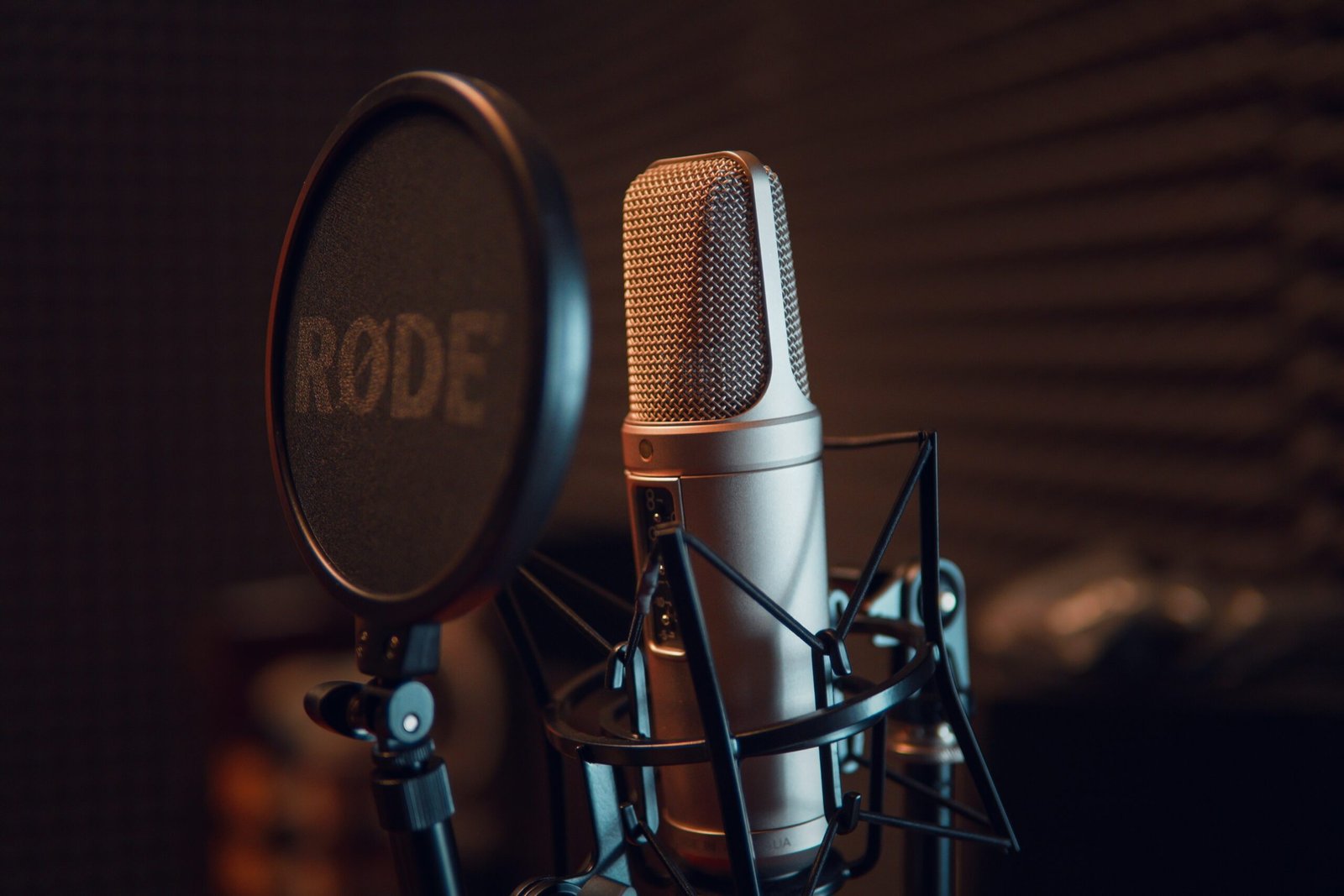Comparison of smooth and dynamic amps

Comparison of smooth and dynamic amps

In recent years, headphones have become more and more popular and use a variety of built-in amplifiers, each with its own characteristics. Therefore, we will offer a comparison of dynamic and magnetic planar amplifiers to understand how they work and find out which headphones offer the best performance for the best value.
Comparison of dynamic and planar magnetic amplifiers
Before we answer your questions about the differences between dynamic and magnetic planar speakers and which one is better to use for your next speaker, let’s explain some basic concepts and information that will make you the best judge.
What is an internal speaker?
All types of internal speakers are basically composed of 4 main parts: diaphragm, magnet, voice coil and suspension. The diaphragm is the moving part, the coil and magnet transmit the electromagnetic signal to the diaphragm and the suspension is where the diaphragm sits.
When the headphones are connected to your audio source, the wire transmits the signal to the coil, the coil transmits energy to the acoustic diaphragm, and the diaphragm moves within the suspension to produce sound.
Technical details aside, there are some benchmarks we can use to compare different types of headphones and speakers. Responsiveness refers to how quickly the speaker reacts and displays the data presented to him.
Faster response means more accurate sound reproduction and less sense of drowning or distortion, the opposite of natural or unnatural instrument sounds. Ideally, the musical instruments produced in the song sound exactly like the real instrument in the room with you, but sometimes the instruments take on a tinny or tinny sound .
Some speakers reproduce certain frequencies better than others, especially when it comes to low frequencies. Furthermore, the movement of the speakers can move the air to create a physical sensation, allowing you to feel the music as much as you hear it.
dynamic speakers
If you’ve spent any time in the speaker world, you’re probably familiar with traditional speaker designs. The sound is produced by an electrical current that causes the paper to vibrate at the correct frequency to produce sound.
Dynamic speakers are very popular, and while the vast majority of cheap headphones use them, there are also a number of premium dynamic headphones from companies like Focal, Sennheiser, and Audio-Technica that offer excellent performance.
Dynamic speakers are generally easier to drive and less sensitive or fragile than other types. They cause a lot of movement and push a lot of air around them, which results in a more natural sound reproduction and provides a good degree of dynamic response.
Of course, the high level of motion makes it difficult to get high-frequency highs from the speakers, which can lead to distortion. However, dynamic amplifiers that use the highest level of materials and design, such as Focal Utopia’s beryllium drivers , can deliver real speed and response, but not without additional cost.
Advantages of dynamic speakers
- They are generally less expensive than planar magnetic amplifiers.
- Generally easier to operate than other types of amplifiers.
- Great kinetic effect.
- I’m natural.
- Excellent reproduction of the entire sound frequency range.
Disadvantages:
- They don’t have the same level of speed as planar or electrostatic amplifiers.
- More prone to audio tonal distortion.
flat magnetic speakers
Planar magnetic tweeters are less common than dynamic tweeters in mainstream consumer products, but are used by many of the best and most popular audio headphones.
Planar magnetic drivers have a thin, flat diaphragm with a wire running through it and a magnet attached to the side of the voice diaphragm. An electromagnetic signal that passes through the wires moves the diaphragm, turning it on and off, creating an interaction between it and the magnets.
Planar magnetic tweeters are more sensitive than dynamic tweeters and require greater manufacturing precision and are generally larger in size than dynamic tweeters, resulting in very bulky headphones with less mobility.
Planar magnetic amps have faster, smoother motion than dynamic ones, which often creates a quicker response, creating a different kind of dynamic punch than dynamic amps. The design is also less prone to tonal distortion .
While most dynamic headphones can be adequately powered by the speakers built into the head units, planar magnetic headphones generally require some level of additional power from the headphone amplifier to deliver their full potential.
Advantages of planar magnetic speakers
- Faster response than dynamic amplifiers.
- Less likely to distort tones.
- A different type of kinesthetic feedback than dynamic feedback, but can have the same effect.
- Excellent reproduction of the entire audible frequency spectrum.
- It stands out from all other speakers with dynamic and electrostatic characteristics.
negatives
- Action is more difficult than dynamic.
- Some accidental damage to overall performance is more likely than dynamic amps.




One Comment